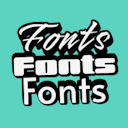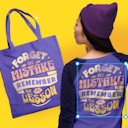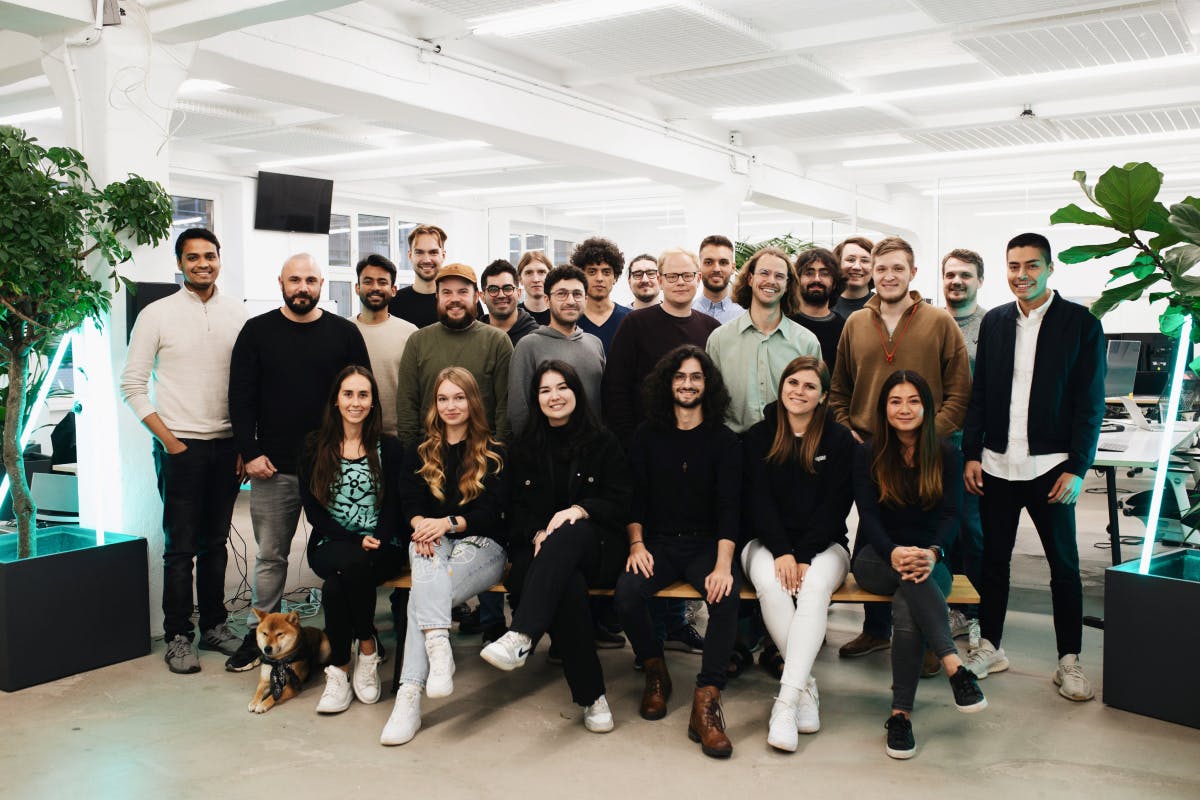Product
Templates
Resources
Company
Home
Blog
Design
Why real-time collaboration is the future of graphic design
Why real-time collaboration is the future of graphic design

In 2025, real-time collaborative design is more important than ever. With remote teams growing, higher expectations to deliver more in less time, stand out creatively, adapt to new tools, and master countless new skills, seamless teamwork is essential for success. Tools like Miro and ClickUp simplify project management, but the golden ticket is real-time collaboration within design platforms.
Design is not a solo endeavor; it’s a collaborative process. Whether at an agency, in-house, or freelance, a streamlined approach to collaborative design is essential.
With real-time collaboration, you eliminate the barriers of traditional workflows, streamlining the entire collaborative design process. Designers, marketers, stakeholders, and clients can share instant feedback, track edits, and work together seamlessly across time zones - without skipping a beat. This evolution in collaboration is driving faster workflows, opening opportunities for greater creativity, and delivering stronger results.
Let’s explore how real-time collaboration is reshaping graphic design and why every designer and creator should embrace it.
Kittl is set to release a groundbreaking feature on January 15th, bringing this vision of seamless collaboration to life. Read the teaser announcement!
What is real-time collaboration?
Real-time collaboration is people working together on the same project, simultaneously, even if they’re in different places. Tools like Figma, Google Docs, Google Slides, Microsoft Teams, and Miro are examples of this. They allow multiple users to collaborate on files in real-time, making it easy to share feedback and work on projects together.
In a design context, this means designers, clients, and teams can work on the same project at the same time, sharing feedback, making edits, and brainstorming ideas - instantly and without delays.

Why every designer and creator should be using real-time collaboration
Streamline workflows and use fewer tools
For too long, designers have juggled multiple tools to complete a single project. We’ve spoken to designers - within our own team of graphic designers and within our community of designers - and too many have used (or are still using) inefficient workflows.
Here’s how this often looks: They start a design in Adobe, transfer it to Figma for feedback, return to Adobe for edits, and then export it for a presentation in PowerPoint or Google Slides. Alternatively, they might create a design in Adobe, export it to share with a team, stakeholders, or clients who don’t use Adobe, gather feedback from multiple platforms, and make updates - only to have to repeat the process again as more edits roll in.
These broken workflows are more than just inconvenient - they’re time-wasters. Exporting, importing, and switching between tools disrupt your creative flow and create unnecessary blockers. Real-time collaboration directly within your graphic design tool eliminates these inefficiencies. Feedback, edits, and presentations can happen seamlessly, all in one place.
Build cohesion across teams
With 95% of designers fully or partially working from home, design teams are often spread out - even across cities and countries. Real-time collaboration is the bridge that makes the distance inconsequential, allowing teams and stakeholders to work together as if they were in the same room.
Instead of sending files back and forth or dealing with version confusion, teams can work on the same project simultaneously, share instant feedback, and make decisions in real-time. This approach strengthens relationships between collaborators and ensures everyone is on the same page - no matter where they’re located.

Enhance productivity
One of the biggest workflow blockers for designers is keeping up with feedback scattered across different messaging platforms - emails, Slack threads, or even text messages. Digging through these channels to find the latest comments or edit requests wastes time that could be spent creating.
By integrating communication directly into design tools, real-time collaboration simplifies the process. Designers can see comments, suggestions, and edits directly in the project itself. This home-base for communication reduces time spent going back-and-forth about edits, eliminates miscommunication, and allows designers to focus on creating.
Increase client satisfaction
Real-time collaboration doesn’t just benefit design teams - it’s incredibly useful for your clients too. When clients can view projects and provide feedback in real-time, timelines are simplified.
Instead of the constant back-and-forth of emails and exported files, clients can collaborate directly on the design, offering their input at key stages of the process. This level of involvement not only improves communication but can also builds trust, ensures clarity, and helps avoid delays or missed deadlines. All this makes for stronger client relationships and greater chances of future partnerships and referrals.
Reduce inefficiencies and creative burnout
Content creation these days is nonstop, and the pressure to deliver high-quality, eye-catching, innovative designs (and fast) is greater than ever. But how can designers juggle brainstorming show-stopping ideas, create them quickly, set the design space on fire, and move on to the next project, all while learning new tools and skills? With traditional workflows, it’s just not impossible.
Inefficiencies like endless file exports, delayed feedback, and scattered communications are taking up valuable time - time that could be better spent brainstorming those show-stopping ideas, tackling the next big project, or mastering that shiny new design tool. These roadblocks don’t just slow progress - they can contribute to creative burnout.
Real-time collaboration helps designers take that time back. By simplifying the feedback process with communication directly within design platforms and reducing repetitive tasks, designers can reclaim their time and focus on creating impactful work. This approach boosts creativity and provides more time for learning, experimenting, and recharging - helping to reduce burnout and support creative growth.
Unlock new possibilities and take design projects to new heights
Collaboration isn’t just about getting the job done - it’s about unlocking what’s possible when people work together. As mentioned above, with the time saved through real-time collaboration, designers can learn new skills, experiment with creative ideas, or take a break to recharge. Growth potential, both creative and professional, becomes limitless when teams can work efficiently and effectively.
Efficient and effective processes do more than save time - they reduce stress, support positive mindsets, and strengthen team relationships. When workflows run smoothly, designers often feel more focused and motivated, while teams build trust and improve their working relationships. This supportive environment allows creativity to flourish, empowering teams to work together and deliver their best work.
Real-time collaboration for graphic designers and creators: Key takeaway
Real-time collaboration is the key to meeting the heightened content demands of 2025. If you want to streamline your design workflow, improve productivity, strengthen team and/or client relationships, and create time to be more innovative in your work, real-time collaboration is a must.
Uncover ways to add real-time collaboration to your graphic design workflow. Kittl is releasing a groundbreaking feature on January 15th, bringing this vision of seamless collaboration to life. Read the teaser announcement!
Related articles

Design
15 graphic design trends to keep an eye on in 2025
Graphic design trends are a highly debated topic in the graphic design space. At its core, trends ar...

News
Kittl’s next chapter begins January 15
It’s a brand new year, and we’re kicking things off with the most significant update in Kittl histor...

News
New Year’s resolutions for creators: Design smarter, collaborate better, and achieve more in 2025
The new year isn’t just a time to set personal goals - it’s an opportunity to rethink how you approa...















